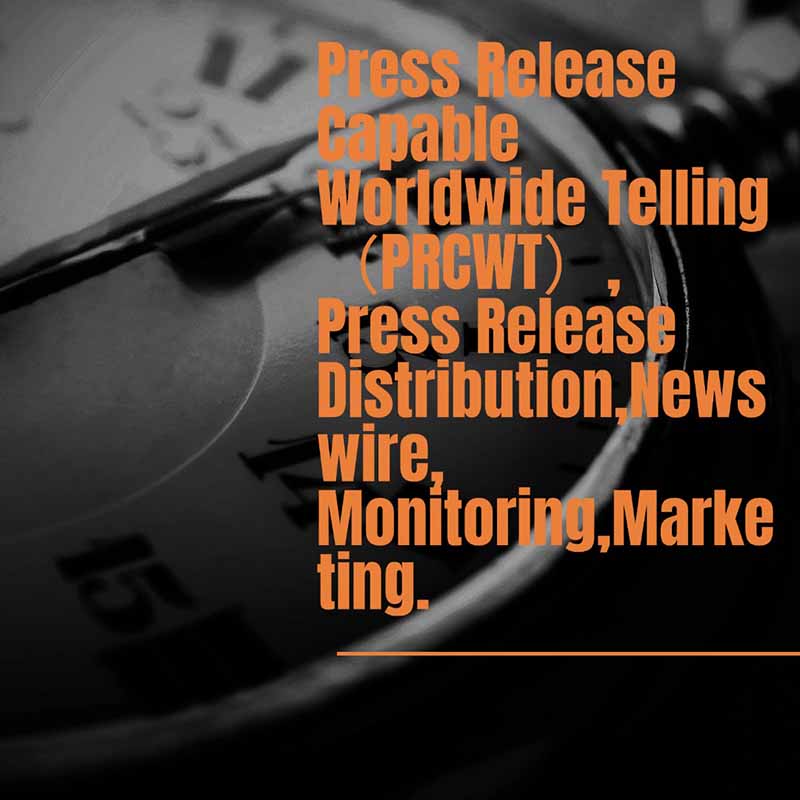In the digital age, media monitoring has become an essential tool for businesses and organizations to stay informed about what's being said about them in the public domain. It involves the systematic tracking and analysis of various media sources, including news websites, social media platforms, blogs, and online forums. By monitoring media mentions, companies can gain valuable insights into public opinion, brand perception, and emerging trends. This information can then be used to develop targeted marketing strategies, manage reputations, and make informed business decisions.
One of the key benefits of media monitoring is its ability to provide real-time information. In today's fast-paced world, news and information can spread like wildfire within minutes. By having a real-time monitoring system in place, businesses can quickly respond to emerging issues and manage potential crises before they spiral out of control. For example, if a company's product is mentioned in a negative review on a popular social media platform, they can take immediate action to address the issue and restore customer confidence.
Another advantage of media monitoring is its ability to provide detailed analytics. By analyzing large amounts of data from multiple sources, companies can gain a comprehensive understanding of how their brand is performing in the market. This includes information on brand mentions, sentiment analysis, keyword trends, and more. Armed with this data, companies can identify areas for improvement and develop strategies to enhance their brand image and reputation.

In addition to these benefits, media monitoring can also help companies stay ahead of the competition. By monitoring the media activities of their competitors, companies can gain insights into their marketing strategies, new product launches, and other activities. This information can then be used to develop counter-strategies and stay one step ahead in the marketplace.
However, despite its many benefits, media monitoring is not without its challenges. One of the main challenges is the sheer volume of data that needs to be analyzed. With the explosion of digital media in recent years, the amount of data available for monitoring has increased exponentially. This can make it difficult for companies to sift through the noise and find the relevant information they need. Another challenge is the accuracy and reliability of the data. Not all media sources are created equal, and some may be more biased or inaccurate than others. This can lead to false positives or negatives in the monitoring results, which can have a significant impact on business decisions.

To overcome these challenges, companies need to invest in advanced media monitoring tools and technologies. These tools should be able to handle large amounts of data, provide accurate and reliable analytics, and offer real-time alerts and notifications. In addition, companies should also ensure that their media monitoring strategies are well-defined and aligned with their overall business goals. This will help them to get the most out of their media monitoring efforts and achieve better business results.
In conclusion, media monitoring is a powerful tool that can provide businesses with valuable insights into public opinion, brand perception, and emerging trends. By investing in advanced media monitoring tools and technologies and developing well-defined strategies, companies can stay ahead of the competition, manage reputations, and make informed business decisions.